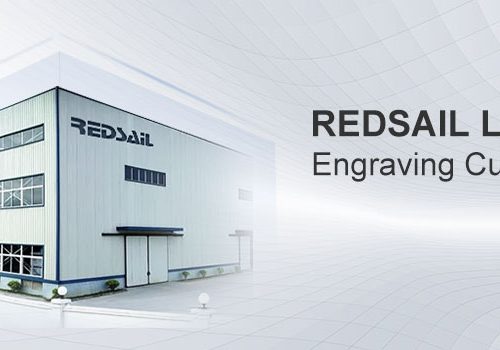
Laser processing, as an advanced material cutting method, has become increasingly accepted by sheet metal producers. With the continuous progress of computer control technology and optical technology, people’s expectations for its processing ability are also increasing. This expectation is not only for being able to cut, but also for being able to cut well and quickly.
At present, the demand for high-power laser cutting machines is increasing, mainly focusing on the increasing demand for thick plate cutting. However, thick plate cutting has high requirements for laser cutting machines. Whether it is cutting speed or cutting section, it is a test for the technology of laser cutting machine manufacturers.
What problems will be encountered during the process of cutting thick plates?
1. Thick plate perforation problem
Laser perforation is the first step before cutting. The thicker the plate, the longer the perforation time, and the larger the proportion of perforation time. Therefore, in order to improve cutting efficiency, many laser manufacturers will improve the piercing time to achieve rapid piercing, but there will also be holes burst in the operation process, which is due to the use of high power cutting machine, which is fast. On the contrary, the use of low power pulse piercing will lead to too long cutting time, power reduction and higher Unit cost.
2. Cutting section quality issues
The difficulty of laser cutting thick plates is much higher than that of thin plates, and the aesthetic appearance of the cross-section is more obvious than the cutting patterns of thin plates. So when processing medium and thick plates, it is common to encounter cutting sections, which not only raise doubts about the quality of the finished product, but also accompanied by excessive burning and severe slag sticking, so that the processing value of laser cutting machines cannot be fully reflected.
3. Stability issues in batch processing of whole boards
In the process of whole sheet metal processing, there are sometimes random occurrences of poor processing in local areas, even when the processing machine is in good condition. Dealing with local processing issues can also affect the overall processing progress.

